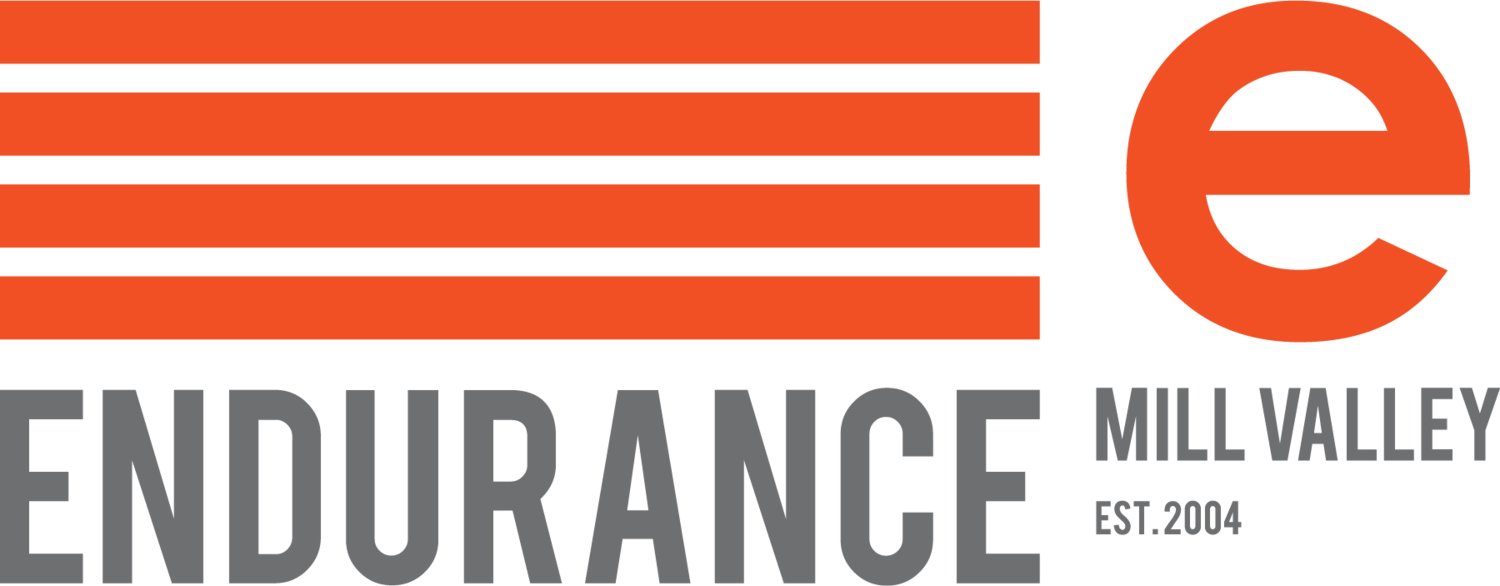FATmax Testing
The results of this test diagnose metabolic efficiency and dictate the exercise intensity required to optimize fat burning and improve metabolic efficiency.
In short, the way the human body works is a bit like a hybrid car. Where it utilizes a combination of fuels to produce energy during exercise. For example, carbohydrate is the petrol motor, and fat is the electric motor. To drive fast, or accelerate (higher intensity exercise), the petrol, or carbohydrate, provides most of the energy. However, when cruising along at lower speeds (lower intensity exercise) for longer periods of time, the electric is better utilized, or more fat is burned, and the petrol (carbohydrate) is spared.
As an athlete, or anyone who exercises recreationally, to be capable of sparing carbohydrate utilization during exercise is like getting more miles per gallon. Add this to lower "emissions" and the body is running more efficiently: less fuel required (carbohydrate) and fewer emissions (fatigue-inducing byproducts) are produced. In this case, metabolic efficiency refers to better aerobic function, or the degree to which fat is utilized as a fuel source at any given intensity during exercise. Because our bodies are so good at responding to stimuli, “metabolic efficiency,” or aerobic function, can be trained, and improved!
In summary, if you want to shed excess body fat, find the level of exercise where your body burns the most! Everyone's metabolism is different because nutrition and exercise habits, genetics and even stress levels influence it. Measuring this intensity is done in a laboratory setting with an advanced metabolic measuring system. Once this variable is identified, it can be used to create exercise prescriptions targeted to fat burning. By putting this zone into play during exercise the body's aerobic system improves and becomes better at burning fat and sparing carbohydrates. This adaptation CAN leads to leaner body composition and sustainable nutrition choices. Even better, incorporating an exercise and nutrition regimen around this customized zone reduces stress levels and makes you an overall healthier person.
Figure 1. Example of how fat and carbohydrate metabolism can change because of targeted Fatmax training and paired nutrition strategy over a relatively short time-course (6-8 weeks).
Image courtesy of INSCYD
ReferencesAchten, Gleeson & Jeukendrop. Maximal Fat Burning During Exercise. Int J Sports Med. 2003; 24: 603-608.Romain et al. Physical activity targeted at maximal lipid oxidation: a meta-analysis. Journal of Nutrition and Metabolism. 2012Brun JF, Varlet-Marie E, Romain AJ & Mercier J. Measurement And Physiological Relevance Of The Maximal Lipid Oxidation Rate During Exercise (LIPOXmax). An International Perspective on Topics in Sports Medicine and Sports Injury. 